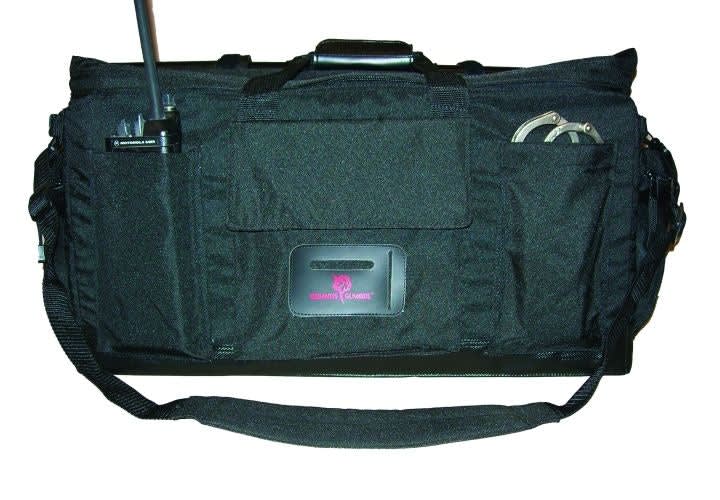During a discussion about "go bags" or "active shooter bags" (whatever you want to call them), I was surprised to find that some departments only issue them to members of their tactical teams, supervisors, or to senior guys. Sadly, some departments don't even issue them at all. OK, readers, lets get our shopping list ready. As always I demand that you check with your departmental rules to make sure all of these items are allowed on duty and ensure you are compliant.
There are several basic bags on the market, some designed and marketed for this very purpose. Most have shoulder slings or waist slings with several compartments for equipment. Others are similar to bandoliers or messenger bags. There are some who advocate the use of equipment vests instead.
My advice here is to select whichever one works for you and your station in life. You don't want to buy one that's too small, but it shouldn't be too cumbersome either. Go to a cop shop, camping supplier, or gun show and look, touch, and try on. Yes, I said try it on. See if it's a good ergonomic fit for your body and weapon movements.
Needful Things
As for what goes into the bag, I recommend packing several loaded magazines to fit your service weapon. If you have a secondary or backup (and you should) have some to feed that one as well. If you are selecting a secondary weapon, here is a great hint. Some manufacturers now offer the compact version of the same caliber service weapon and the big street magazines function in the compacts. This is a two for one deal if you can do it.












